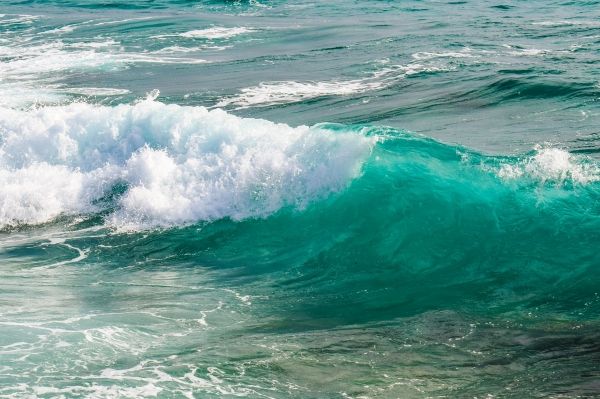Scientists have long recognized the potential to generate renewable energy from the world’s oceans by harnessing the power of tides and waves. These forms of energy are often more difficult to tap into than other renewable sources like wind or solar, but new research, recently published in the journal Joule, highlights the possibilities of harnessing osmotic, or “blue,” energy.
Osmotic energy, produced by the differences in pressure and salinity between freshwater and saltwater, can be used to generate electricity. However, the materials currently used in osmotic energy generators are not adequate to withstand ocean conditions long-term and tend to break down quickly in the water.
To address this challenge, a group of scientists from the U.S. and Australia looked to living organisms for inspiration to develop a better osmotic system. The researchers ultimately combined multiple materials to mimic the variety of “high-performance” membranes naturally found in the body tissues of organisms. In particular, they created a hybrid membrane that is made from aramid nanofibers (such as those typically used for Kevlar) and boron nitride. The final product provides both the flexibility of cartilage and the strength and stability of bone.
Read more at Yale Environment 360
Image by Dimitris Vetsikas from Pixabay


